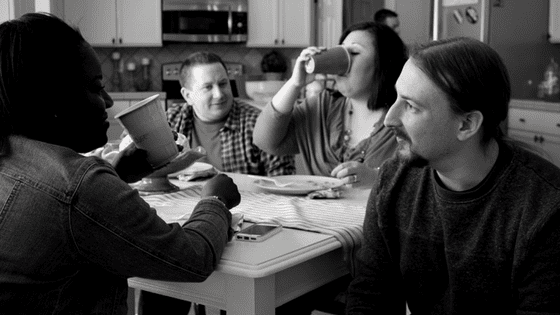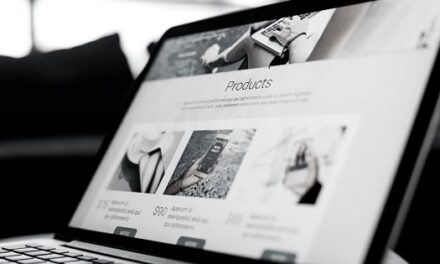It’s interesting that one of the most consistent comments I get at the end of my 4-day Conversations of Substance program is ‘I didn’t realise what a bad listener I was!’

Our perceptions of what constitutes a good listener have changed over time. Consider this gem from the 1980’s…
Listening Skills…
1. Sit up
2. Look interested
3. Lean forward
4. Listen
5. Act interested
6. Nod your head to show that you are tuned in
7. Track the speaker with your eyes
(Source unknown)
These ideas are focused on what you do, and what you are seen to be doing – sadly with no mention of the purpose or process of actual listening. I would call this…listening without substance!
Great listening, or listening WITH substance is focused on who you are in a conversation and how you are showing up. You can show up as a Consultant to the thinking of others, or you can show up as a Facilitator of great thinking for all.
Let me explain the difference…
When you show up as a Consultant, you show up with the purpose of being the expert in the conversation or meeting. You have content expertise, or a leadership responsibility that brings status and responsibility and feel compelled to bring that into the conversation, or you have experience or insight into the situation at hand that could be helpful. That’s fine, but the risk of showing up with a Consultant mindset is that you might listen for:
- The problem you know how to solve (which may not be the problem they need to solve)
- Opportunities to share your expertise or experience (when that may not help the situation)
- The information that supports your thinking on the matter (to make you feel useful and valued)
- Information that you want to know or that might be useful for you (to benefit your KPI’s or desired outcomes)
The Consultant mindset is normal for us because it satisfies a number of our motivational needs. Our need for Status (a feeling of being valued and respected); and our need for Predictability and Control (when we are in control of the situation, we feel secure). The dopamine hit we get when we contribute or solve a problem for others is addictive, but not always useful.
On the downside, our tendency to make assumptions and to want to jump straight into the satisfaction of solution mode mean that we miss discovering the real issues that need to be addressed. Mostly, we talk a lot and waste a lot of time.
When you show up as a Facilitator, you show up with the purpose of skilfully enabling great thinking – both yours and others. My definition of a powerful conversation is one where…
“Everybody leaves the conversation with different thinking than when they came!”
This requires a different level of listening. As the Facilitator, your focus and expertise is on the quality of thinking you and others are engaging in. Your energy is focused on what is going on with others in the conversation, not just what is being said. You might listen for:
- Emotion and energy (where does the truth and the real issues lie)
- Patterns in language (is there an unseen pattern that needs to be highlighted for greater clarity)
- Choice of words and focus (is there a repeated word, or theme, or a tendency for negative over positive that tells a story)
- Ways to help the thinking (what curious questions need to be asked to help clarity)
- What others need to be fully focused and present in the conversation (is the conversation going off on tangents)
When you show up as a Consultant, it’s all about you and your needs. When you show up as a Facilitator of Thinking, it’s all about others and the greater outcome.
The thing is, leaders have KPI’s, targets and desired outcomes to meet, and the reality is that in order to achieve those, they need to mobilise their teams and colleagues. And in order to make it work for you as a leader, you need it to work for them. And you need to listen in a different way if you are to have any chance of figuring out what ‘working for them’ looks like.
Test yourself today on whether you are showing up as a Consultant, or a Facilitator of Thinking.



















